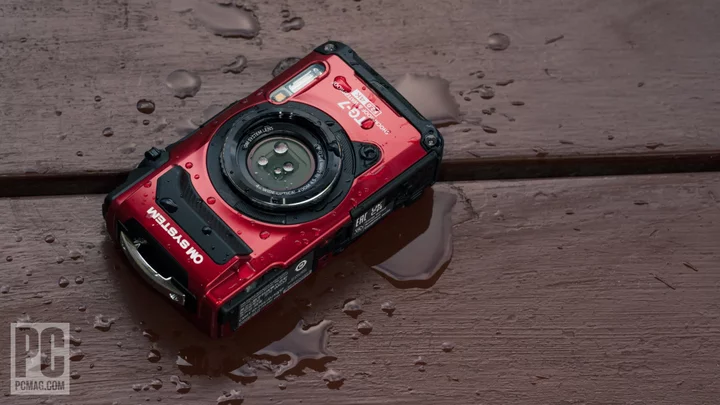Social media feeds are full of bright beach photos with stunningly perfect palm trees and the deepest blue water. But taking your camera to the beach can be risky—sand gets in places you never think it can—and most models won't survive a quick dip in the ocean.
The good news is that you might already own a waterproof camera. The IP68 rating of the latest iPhones and flagship Android phones means they can survive submersion for short amounts of time. And the rise of quality camera phones has gone a long way in reducing the number of dedicated point-and-shoots on the market. But even if you're just taking a quick dip and want to snap a selfie, there are reasons not to take your phone into the water.
For instance, if you lose it, you lose all the data on it. That's especially a concern for travelers who store documents like boarding passes and hotel confirmations on their smartphones. And let's not forget how much a new phone costs.
With all that in mind, you should consider getting a waterproof camera that's not too expensive. That way, it's not the end of the world if something goes wrong. Many waterproof cameras are also quite durable and can survive drops onto hard surfaces.
Read on for the top models we've tested, along with a disposable 35mm film camera we included just for fun. If you choose the latter, just make sure you live near a store that develops film; most drug stores no longer have color minilabs.
Underwater housings are also worth thinking about if you already have a quality SLR or mirrorless camera. We haven't tested any, but brands like Aquatica, Ikelite, Nauticam, and Sea & Sea have earned solid reputations and sell housings for many popular cameras.
More Waterproof Tech
(Credit: Angela Moscaritolo)If you spend a lot of time underwater or in the pool, you should make sure your other technology is as waterproof as your camera. Check out our favorite waterproof headphones, speakers, and fitness trackers for more details. Many of our favorite smartwatches can go deep underwater, as well.









